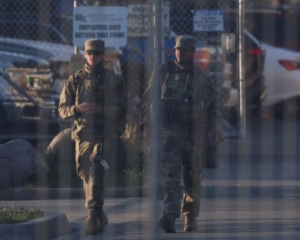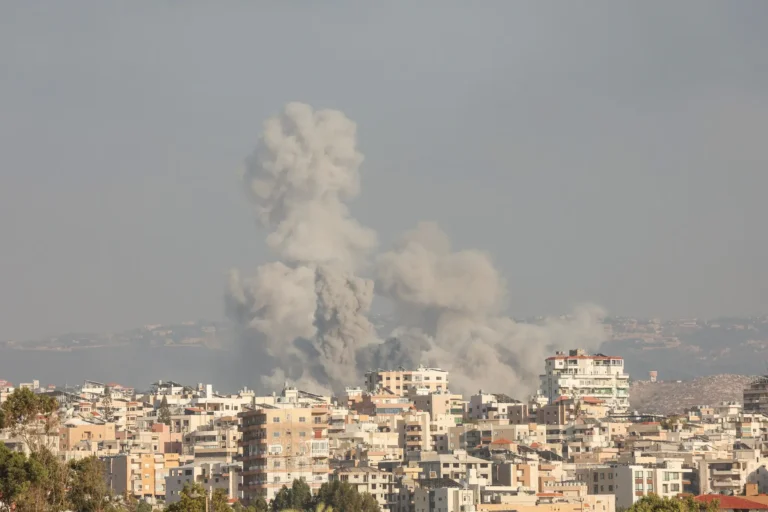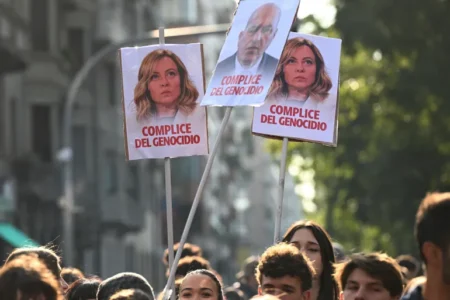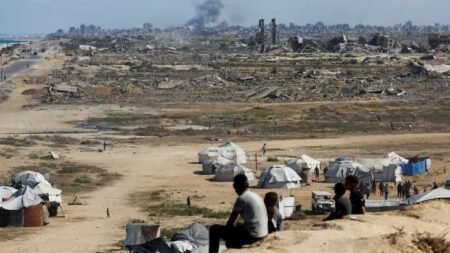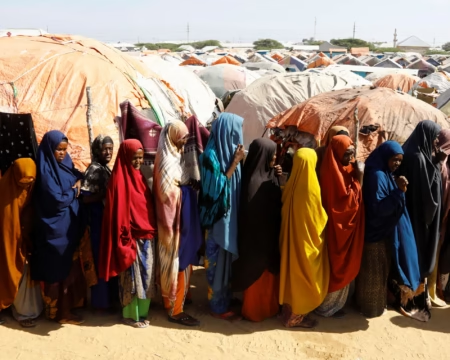Tensions are rising sharply in the Middle East as Iran signals a new phase of retaliation. After a recent U.S. military strike on Iran’s nuclear sites, Tehran has issued a clear threat. The country claims it can target all 40,000 American troops stationed across the region. This warning has sparked fears of a larger conflict that could erupt at any moment.
The region now stands on edge, caught between Iran and Israel. But the recent entry of the United States into this standoff has changed the stakes dramatically. Iran’s message is no longer diplomatic. It is now focused on military response.
On the night of June 21, U.S. B-2 bombers and submarines reportedly launched bunker-busting bombs and Tomahawk missiles at three key Iranian nuclear sites—Natanz, Fordow, and Isfahan. These locations are the backbone of Iran’s nuclear program. The airstrikes marked a turning point, leading to a sharp shift in Tehran’s tone.
Soon after the attacks, Iranian officials issued a stark warning. They declared that all American bases and troops in the region are now potential targets. According to Professor Mehran Kamrava of Georgetown University in Qatar, an Iranian commander once told him, “40,000 American troops mean 40,000 targets.”
Analysts now question what Iran’s next move will be. Will Tehran opt for a measured response or a full-scale retaliation? The possibility of a military counterattack seems more likely than ever.
Experts point to Iran’s previous responses for clues. In 2020, Iran fired missiles at a U.S. base in Iraq after the killing of General Qasem Soleimani. That strike caused damage but no American deaths. This time, however, the situation is different. The recent U.S. strike directly targeted Iran’s nuclear future. The pressure on Iran to act is higher than ever.
Observers believe Iran may feel politically forced to respond. If Tehran stays silent, it risks being seen as weak both inside the country and across the Muslim world. Analysts warn that this could damage Iran’s political image and give more power to its enemies.
The Middle East now waits for Iran’s next move. Will it be a symbolic action or something more destructive? With 40,000 American troops spread across dozens of bases, even a small strike could spark a dangerous chain reaction.
For now, the world watches and waits. The risk of a wider war has never been greater.



